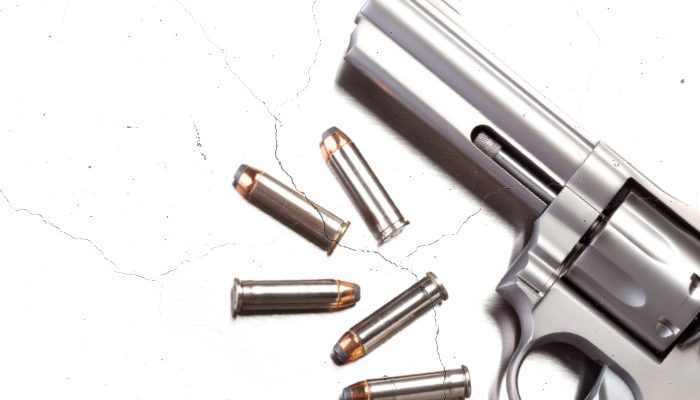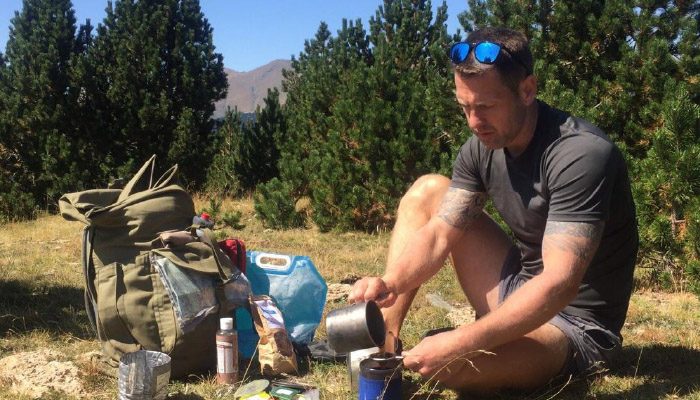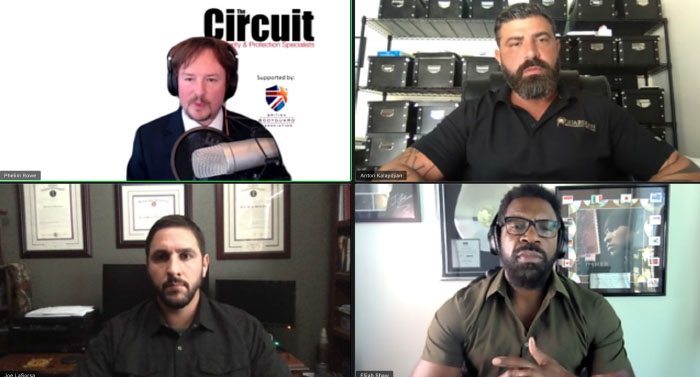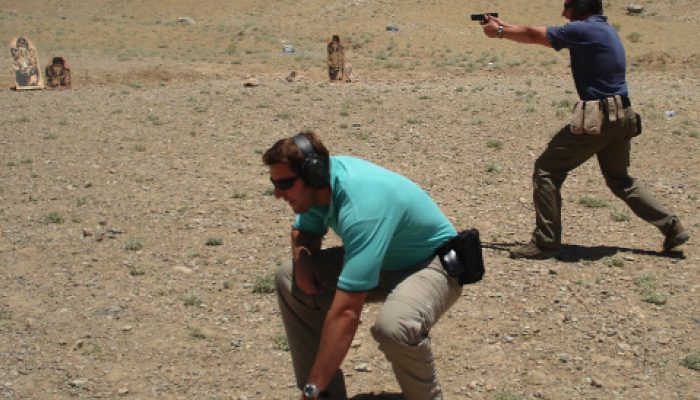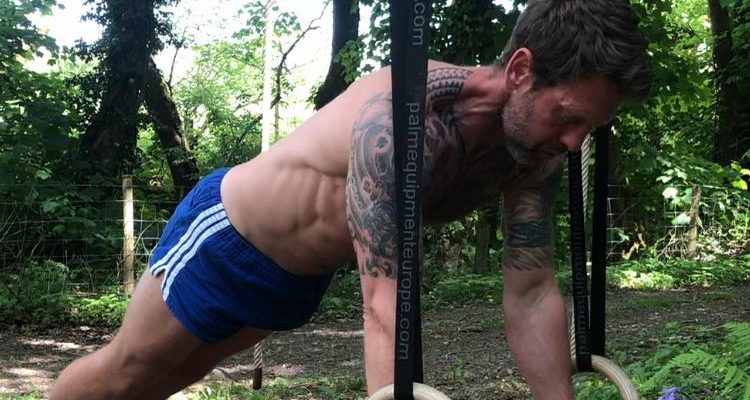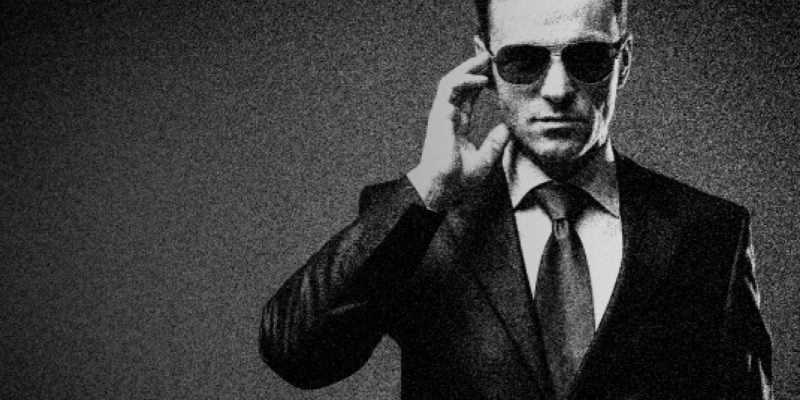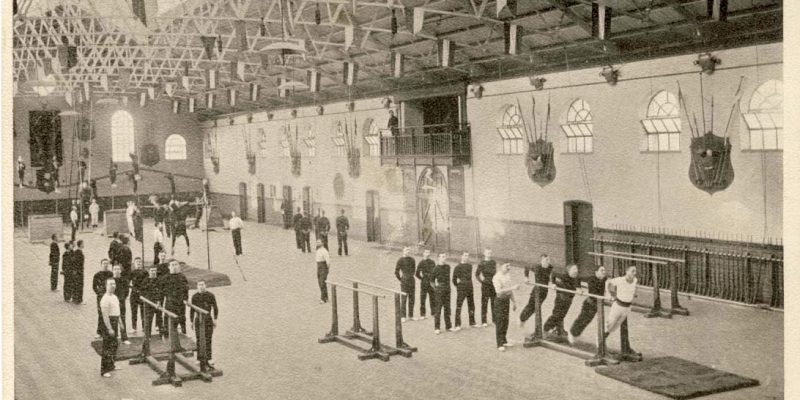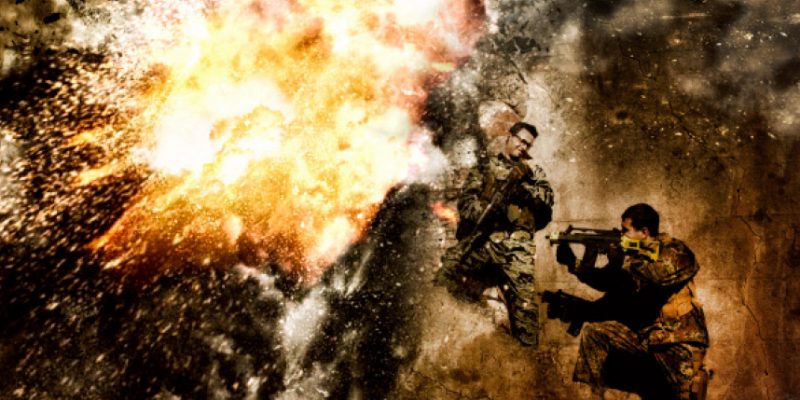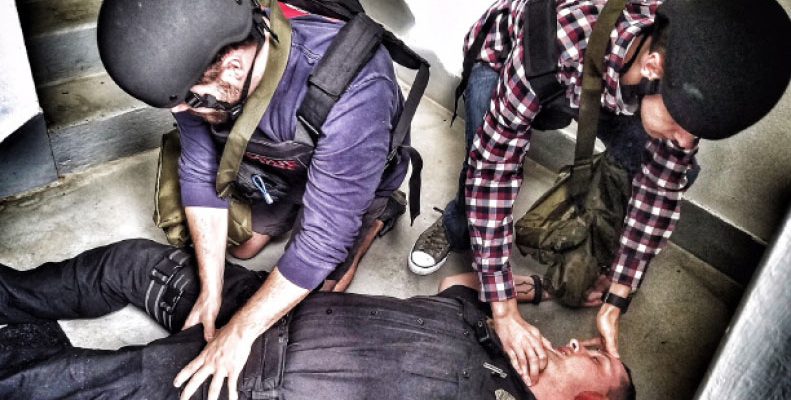Planning and considerations to take into account when putting together a quote for providing TSCM services. The ability to accurately quote for a TSCM inspection has many permutations, and each TSCM provider has its own formula for quoting. This article looks at the main criteria you need to take into consideration.
Other Side of The Desk
The nuances of each detail vary, and the protection packages are tailored to fit them. For instance, each and every day, educational institutions are presented with their own unique set of security challenges.
Unfortunately, the US, as well as other countries, has experienced too many tragic incidents on school campuses. While these incidents are usually carried out against individuals without personal protection, what happens when there is a Protective Detail in the area? If we looked at the differences between school security personnel (also known as “resource officers”) and executive protection, would there be a clear distinction from the perspective of teachers and faculty of the educational institutions? How is close protection viewed when it comes to halls of education? How does the staff feel about an armed EP professional on the school ground or even in class?
Nonverbal Communication
There’s something to be said about the art of reading people, especially in the protection industry. The ability to pick up on nonverbal communication is an area where most, if not all, protection practitioners are skilled.
Tactical Firearms Revolvers
These days many shooters and those in the armed security business shy away from revolvers. I have heard quite a few people brush them off as being old-fashioned, obviously not tacticool enough to post on their social media. But in the real world of protection, there are a lot of revolvers in use for personal self-defense and security duties.
Fit for Purpose A history of military physical training
Organised physical exercise can be traced far back to ancient Greek times, where it was viewed that it should be both an integral part of an individual’s responsibility and civic duty to maintain health.
No Cutting
Throughout my nine years of experience in the Executive Protection (EP) industry, I’d like to think that I’ve achieved many significant accomplishments.
Having traveled to over 30 countries, building executive protection and estate teams, embarking on 10 major worldwide tours and transitioning from field agent to Director of Security. Despite my successes, I’ve still felt like a student at best, but now finally considering myself a Specialist. Naively, many young protectors are eager to consider themselves “specialists” without undergoing the proper mentorship and gaining the practical experience needed to hold this title.
Fit for Purpose – Packing for Adventure
In this article, we’re going to pick back up on the Adventure series, which we started in Issue 51 (Mindset, Ideas, and Planning). In that article, I laid out a formula for introducing more adventure into our lives. We looked at exploring the local, natural environment, discussed the Ancient Greek Stoic philosophy in assisting the mindset and dealing with mental blocks. We also addressed some simple strategies for preparing and taking action to make adventure a reality.
Now, in Part 2 of the Adventure Series, I’m going to show how putting together a kit list and packing for an adventure is a relatively simple process when a logical system is followed, and all the fundamentals are covered.
Event Review – Learning and Development Forum
The Circuit Magazine held a Virtual Learning and Development Forum on September 4, 2020, that was attended by Executive Protection specialists and experts from around the globe, including the UK, US, Europe, Latin America, Middle East and West Africa.
10 Tips to a Healthier Life as a Protector
Recently, I was having a conversation with a fellow member of the clergy about his goal of becoming a Navy chaplain. To my shock and amazement, he told me that the Navy turned him down. When I asked ‘why,’ my friend admitted that it was because he had failed to meet the Navy’s physical fitness […]
Commercial Security Courses
Having dug around in the last year to see what’s going on with security training courses at home and overseas, it would appear that there is a gap between what’s acceptable, to what’s a complete rip off, and that gap is as wide as the Grand Canyon.
The Future of Self Defence Training
Consider this, when broken down to its most basic components, the vast majority of traditional self-defence courses only teach defensive responses to an attack once it has begun.
I am of the opinion that’s not only a bit late, it’s also certainly not enough to survive a Mass Casualty Event in these days and times. In light of that, I have found that Reality-Based Self Defence (RBSD) systems take things a bit further by teaching pre-fight tactics such as: creating safe distance; using non-aggressive body language; reading pre-fight indicators; and applying verbal de-escalation techniques. Yet all of that is still not enough to effectively survive a terrorist attack in a public space, especially if you’re with family or friends.
Fit for Purpose – More than just a workout
The “workout” is only a part of the overall Physical Fitness picture. Give or take 8 hours a day for sleeping, that leaves 16 waking hours that require physical activity. I use the word “require” because if we want to stay active for the long game, then it really isn’t an option and it must be a priority. This is where I feel the missing link is for most people, a basic understanding of true Physical Fitness and how to apply it to everyday living without just viewing it as a workout period.
Industry Standards Are They Out the Door?
There is an age-old adage, which states that in this world ‘you get what you pay for’ and nowhere is this truer than in the Protection Industry.
As someone who runs their own security company, I know this only too well. However, this lesson was firmly reinforced after I rashly agreed to take on a job that my gut had warned me to avoid.
Training for Tactical Shooting
Handguns are meant for close-quarter shooting. Think about it; if someone is going to attack, kidnap or rob you on the street, they are going to be close, within conversational range. Now, look around your home or business and see what the maximum distance is that you would have a clear shot at a criminal or terrorist, for most this will be less than 10 yards/meters. This places emphasis on close quarter instinctive shooting over precision target shooting. As part of your training practice for long distance shoots (for handguns, this means over 25 yards), you should try hitting targets out to and over 100 yards. This will improve your handgun skills and show you your capabilities and limitations, but the emphasis should be on close quarter instinctive shooting.
The Practical Application of Military Physical Training
If you take the four areas that are part of the traditional military model: gymnastics/calisthenics (bodyweight exercise), outdoor obstacle courses (moving efficiently through a range of environments), combat sports (boxing, grappling etc), speed marching (bipedal locomotion); these intrinsically include the main focus physical qualities: mobility, strength, reaction speed, coordination, balance and cardiorespiratory function. If these areas are incorporated into a physical fitness programme, treated as a skill and kept in the majority at a low/medium intensity with bouts of high intensity, the result will be a well-rounded human capable of thriving in the diversities of the modern life.
Defining Professionalism in the Personal Protection Industry
Not because there is less work out there, in fact, the opposite is probably true. With global threat levels at an all-time high, there is more work in the security industry now than there ever has been and the security industry is booming, but it’s harder to find work because there are now thousands more so-called ‘qualified’ CPOs chasing after every position. It is a fact that most licensed operators have never actually done a day’s close protection work in their lives. At the time of writing this article, there are over 14,000 valid, UK, CP licences. Yes, over fourteen thousand people in the UK currently have a license to operate as a Close Protection Officer.
Tactical Vs Tacticool
The ‘tactical culture’ had flourished over the last few years, mainly due to the proliferation of video cameras and increasing engagement with social media platforms, which I believe is causing the lines between reality and the ‘tacticool’ entertainment world to become very, very blurred…
It takes very little these days to be a part of the tactical sub-culture that is trending, here’s how to do it. Simply, purchase a gun, where legal, get your hands on some tactical clothing, buy a bunch of ‘black op’ accessories, plug into ‘Soldier of Fortune’ social-media channels and perhaps even take some no-fail tactical training courses, then after a few months, hey presto, you’re an expert! Whereas, in the good old days, the only option, if you wanted this lifestyle, was to join the military – preferably the Infantry!
Deciding How To Start Your Career In Close Protection
Who, when initially looking for a close protection course, tried to find the cheapest course and quickest route possible to your badge? Who researched their training provider and checked out all the credentials and qualifications of their instructors?
Who doesn’t intend to do any other training until they find at least some work to pay back their initial training costs? Who, reading this, has attended an ‘accredited’ training course but has actually never yet done a day’s work as a designated protection officer? I could go on, but well… you get the picture!
How To: Secure Calls and SMS with Signal
Signal uses phone numbers to identify contacts, however encrypted messages and calls use a data connection with a secure tunnel between participants. Intervening servers or infrastructure do not have access to the encryption keys, and so cannot realistically eavesdrop on any communications even if compromised. On Android Signal can be set up to replace your default text message client, and will handle unencrypted SMS messages as well.
Training for Survival
“The training is necessary because of the world we live in and the kinds of issues our students face,’’ said Wilson, who travels around the entire county to help students. “We deal with emotional, physical and psychological trauma. You’re always wondering if it’s going to be you or your school next.”



